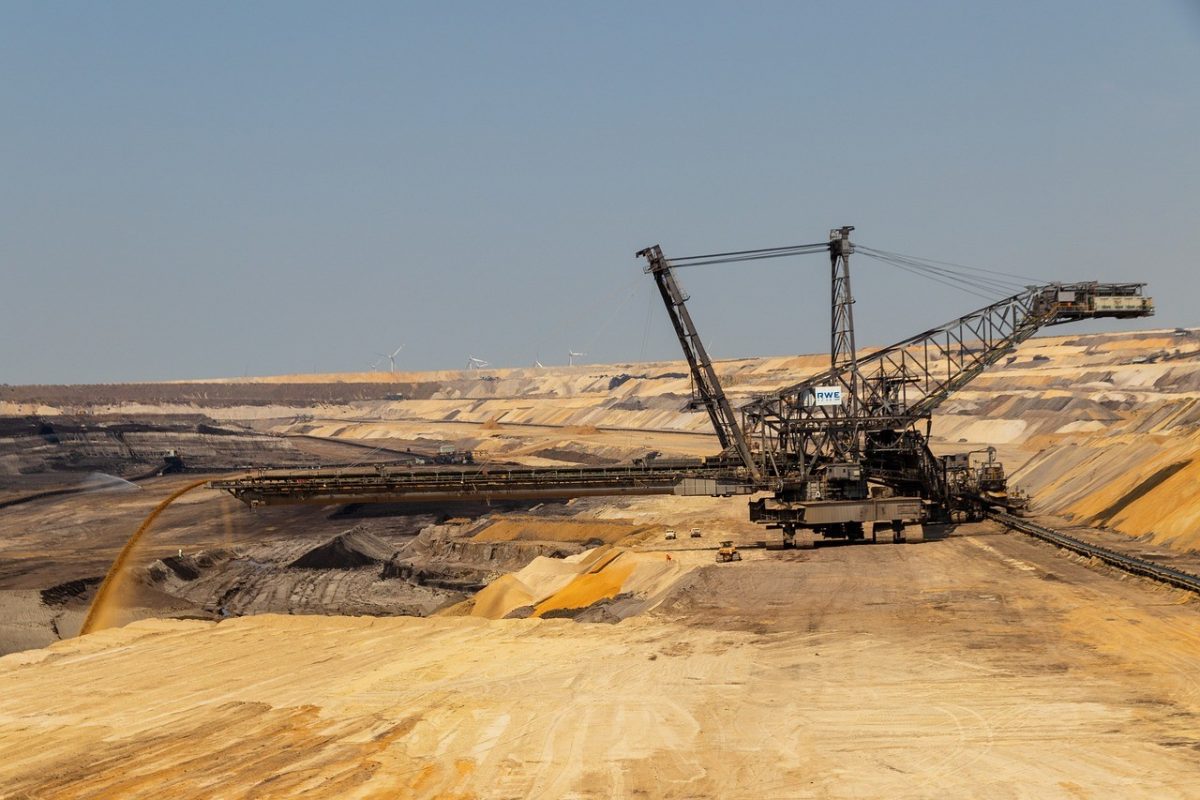The U.S. Energy Information Administration (IEA), the principal U.S. agency providing energy information, notes that the critical minerals market relied on for clean energy is facing significant challenges.
In a recently released report, the IEA has found that the market for minerals that help power electric vehicles, wind turbines, solar panels and other technologies has doubled in size over the past five years. Electric car sales increased by 60% in 2022, exceeding 10 million units. Energy storage systems experienced even more rapid growth, with capacity additions doubling in 2022. Solar PV installations continue to shatter previous records, and wind power is set to resume its upward march after two subdued years. This has led to a significant increase in demand for critical minerals. From 2017 to 2022, demand from the energy sector was the main factor behind a tripling in overall demand for lithium, a 70% jump in demand for cobalt, and a 40% rise in demand for nickel. In 2022, the share of clean energy applications in total demand reached 56% for lithium, 40% for cobalt and 16% for nickel, up from 30% for lithium, 17% for cobalt and 6% for nickel five years ago.
The market for energy transition minerals reached USD 320 billion in 2022 and is set for continued rapid growth, moving it increasingly to centre stage for the global mining industry.
In response, investment in critical mineral development rose 30% last year, following a 20% increase in 2021. Among the different minerals, lithium saw the sharpest increase in investment, a jump of 50%, followed by copper and nickel. The strong growth in spending by companies on developing mineral supplies supports the affordability and speed of clean energy transitions, which will be heavily influenced by the availability of critical minerals.
IEA Executive Director Fatih Birol outlined major challenges. “Much more needs to be done to ensure supply chains for critical minerals are secure and sustainable.”
Along with sufficient resources, diversity of supply also remains a concern, with many new project announcements coming from already dominant countries.
An analysis by Canary Media notes that “the extraction and processing of these materials are highly concentrated in a small number of countries, leaving supplies vulnerable to disruptions that could threaten the ramp-up of clean energy technologies… China dominates in processing of key minerals…[F]or some key minerals, a single country is responsible for more than half of extraction — China for rare earths, Australia for lithium and the Democratic Republic of the Congo for cobalt… Our overreliance on China to both extract and process minerals is particularly problematic. For example, the U.S. has just begun banning imports of products from China’s Xinjiang province because some factories there use the forced labor of Uyghurs, a persecuted ethnic minority. Xinjiang currently produces much of the world’s polysilicon, an essential ingredient in solar panels. U.S. solar companies now must demonstrate that the panels they’re importing don’t include any of that Xinjiang polysilicon, as Canary Media has reported. Chinese companies operating in Xinjiang also produce many of the minerals and metals needed for lithium-ion batteries.”
In addition to economic dangers posed by Beijing’s domination of this field, security risks abound as well. Writing for The International Center for Defence and Securit, Andrea Bonelli reports that “China has quickly become a world leader in the production, extraction and refining of rare-earth elements. With the geopolitical uncertainties stemming from China’s rise, plus the inevitable increase in the use of these elements due to the energy transition and the IT sector, the procurement of these critical materials is increasingly becoming a security issue… [there are] increasing security risks the Western countries are facing from China. The geopolitical ambitions of the Asian giant, now extended on a global scale, have long since replaced the myth of non-interference with activities…”
Photo: Pixabay
